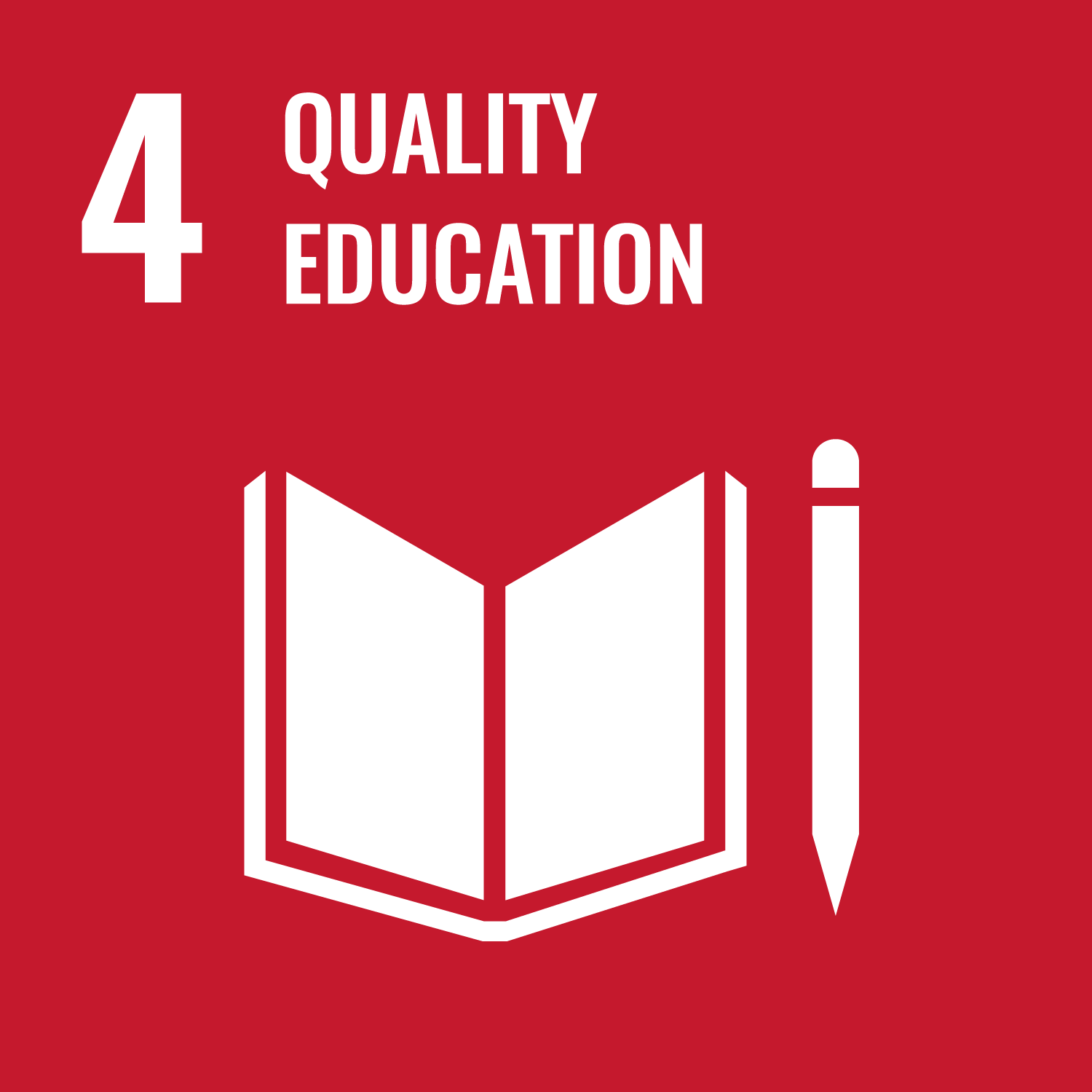
Map your autism-friendly community
You’ll need
- Coloured pens or pencils
- Big pieces of paper
Before you begin
- Use the safety checklist to help you plan and risk assess your activity. Additional help to carry out your risk assessment, including examples can be found here. Don’t forget to make sure all young people and adults involved in the activity know how to take part safely.
- Make sure you’ll have enough adult helpers. You may need some parents and carers to help if you’re short on helpers
Talking about your local community
- Gather everyone together in a circle.
- Explain that you're going to make a list of the areas in their community that have taken steps to be disability-friendly and, specifically, autism-friendly.
- Everyone should split into small groups.
- Each group should try to write down any businesses and places in the local community that they can think of who have or are taking action to be more accessible. People should try to note down what are they doing to be more autism-friendly.
- Everyone should come back together and use their lists to make one big list of autism-friendly champions in their community.
- You could use your records to remind people of anything they’ve forgotten.
Making your maps
- Now, each small group should draw a map of their community on a big sheet of paper. They could trace another map, or be creative and make the map in their own style.
- Each group should highlight the areas that have taken autism-friendly action.
- They could draw the building, use a colour code, or add labels – as long as the places stand out so it’s obvious who’s taking action to be accessible for autistic people.
- You may also want to add to places that are accessible for disabled people, too. For example, marking on who has ramps for access.
Displaying your maps
- Someone should chat to the person in charge of their meeting place (or another community space) and arrange to display the maps for the public to see. How could they explain that the map shows everyone the places that have taken action to be accessible and promote positive change?
- Everyone should think about how their maps could stay up to date. How could they encourage the public to add their own ideas of places that have taken autism-friendly action? Could it be by creating a noticeboard, letting people add to the maps or leaving sticky notes for people to put on contributions?

This activity helps contribute towards some of the UN's Sustainable Development Goals. Find out more about the SDGs, and how Scouts across the world are getting involved.



Reflection
This activity was a chance for everyone to communicate and spread the word about all of the changes they’ve started.
How did people use their maps to share information? There are lots of different ways to show things, including colour codes, symbols, drawing and written labels.
When else has communication been important in this project? People may think about how they learned about autism and how they shared this knowledge with places that were becoming more autism-friendly.
This activity was also about being responsible and doing the right thing. How do people feel when they look at their maps? Perhaps some people feel pleased that so many places are trying their best, while others feel sad or cross that there are still places that aren’t autism-friendly yet.
Everyone should feel really proud of the difference they’ve made. Change can take some time, but setting an example for others to follow is a really important first step. What else could people to do to help create an autism-friendly and accessible world?
Safety
All activities must be safely managed. You must complete a thorough risk assessment and take appropriate steps to reduce risk. Use the safety checklist to help you plan and risk assess your activity. Always get approval for the activity, and have suitable supervision and an InTouch process.
You could print a map of your local community for people to trace.
In each group, different people will have different skills. It’s OK if some people don’t want to draw or write, they can work with their friends to present the information.
All Scout activities should be inclusive and accessible.
Keep checking back to make sure your map is up-to-date. Could you take a photo of your map and give it to other groups to encourage them to make their own?
